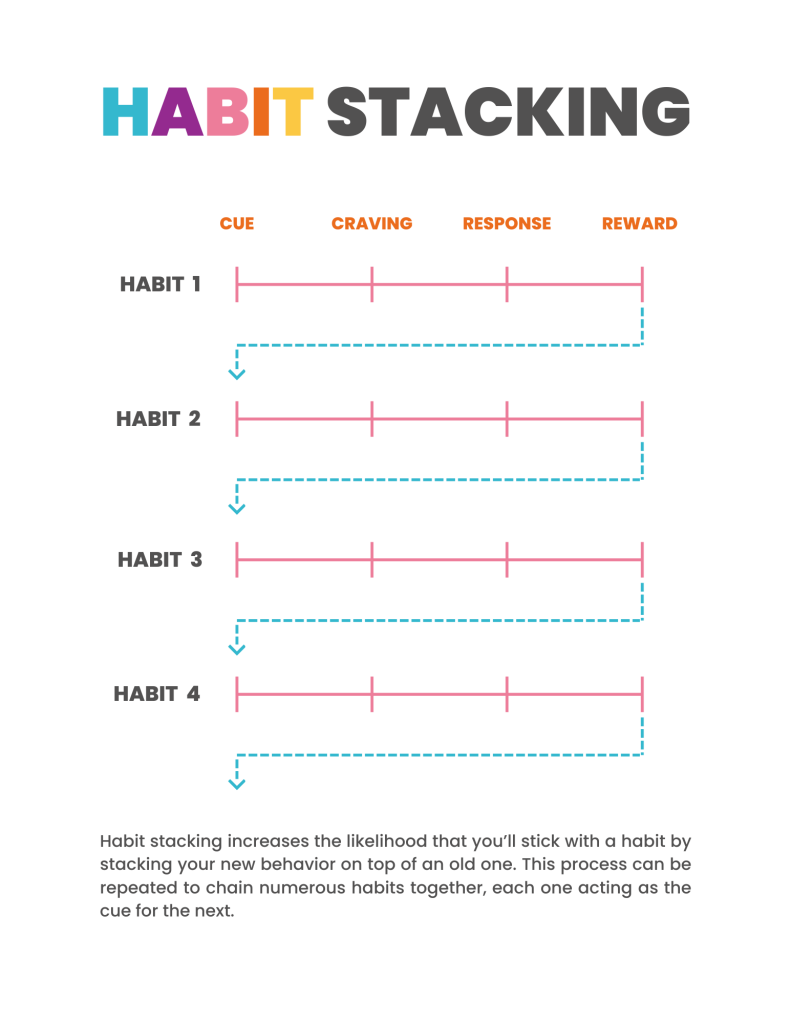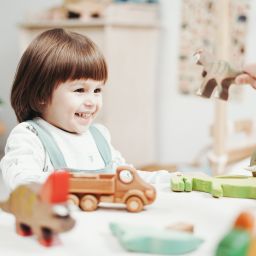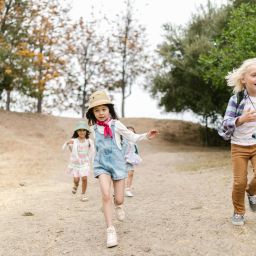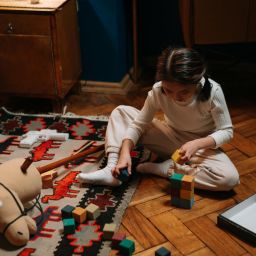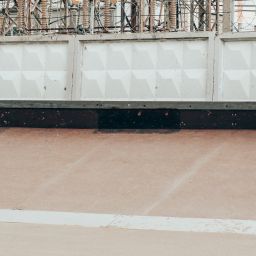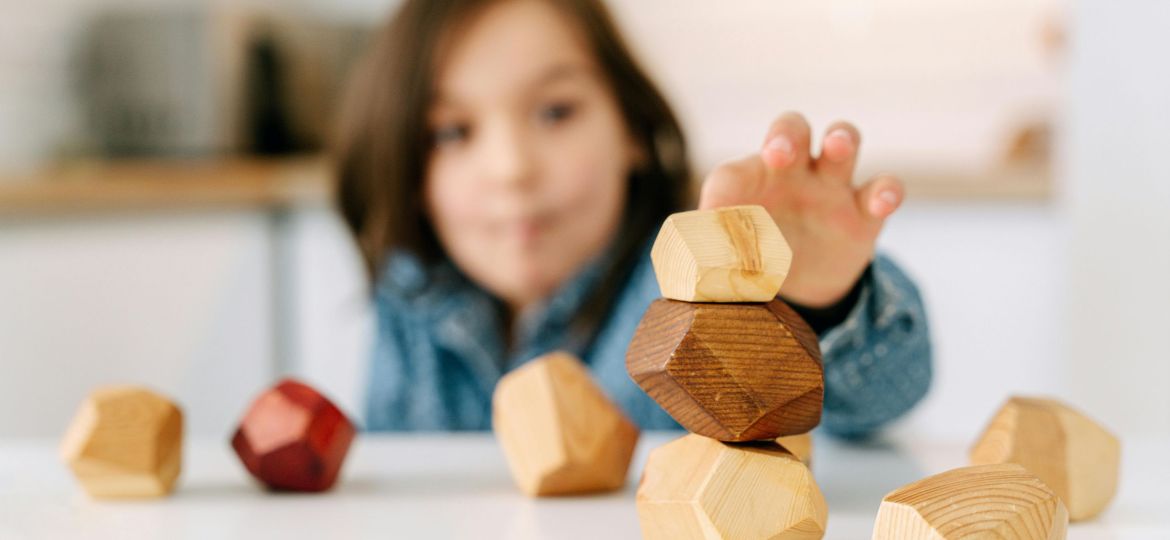
FH Summary: First Habits advocates for the transformative power of habit stacking, a method that involves anchoring new positive behaviors to existing routines, which can lead to an upward spiral in a child’s development. Through a blend of research-backed strategies and practical advice, parents are guided on how to seamlessly integrate beneficial habits into their children’s daily lives, fostering growth and resilience. This comprehensive approach empowers parents to be the architects of their children’s future, laying down the foundational habits that will support their success and wellbeing.
Navigating the parenting journey is a process of sculpting – carefully molding and influencing the habits that will form the cornerstone of our children’s future success. First Habits stands as your companion in this noble endeavor, offering wisdom and strategies to nurture and implement constructive routines for your little ones. With insights grounded in research and practical guidance, this comprehensive exploration will delve into how existing habits can be the cue for initiating further positive habits, steering your child’s life toward an upward developmental spiral.
The Building Blocks of Habit Stacking
At the core of positive change lies the strategy known as habit stacking. Conceptualized by habit formation expert James Clear, habit stacking involves anchoring new, positive behaviors to a sequence of already established habits. For a primer on habit formation, please see here. This approach transforms isolated actions into a seamless routine, enhancing the likelihood of the new, individual habit loop becoming second nature to the child. By anchoring our new habit into an existing routine, we’re much more likely to achieve success because there’s a form of accountability, ie the already developed habit becomes the signpost for the formation of the new habit.
The below infographic lays out how multiple habits can be stacked together such that the reward of the last habit loop becomes the cue for the start of the next habit.
Imagine the daily ritual of teeth brushing, a non-negotiable routine in most households. By introducing a new habit, such as reading a story immediately after teeth brushing, children begin to associate the end of their dental hygiene with the beginning of their literary journey. Over time, the resistance to reading at bedtime may dissolve, replaced by an eagerness for storytelling that complements their nighttime routine.
Substantial Evidence Behind Positive Habits
A multitude of studies support the assertion that early childhood habits are precursors to adult behaviors and characteristics. Developmental psychologists have observed that children who engage in structured routines exhibit higher levels of emotional regulation, academic achievement, and adaptability. These findings not only corroborate the advantages of habit stacking but also underscore the profound impact that positive habit formation can have on the elevated foundations of childhood development.
Consider the profound words of Samuel Johnson, “The chains of habit are too light to be felt until they are too heavy to be broken.” This statement beautifully captures the essence of habits. Like delicate threads that, over time, weave into an unbreakable rope, the habits we foster in our children can either hinder their growth or support their ascent. At First Habits, we are committed to ensuring these habits are the supportive ropes that help our children climb to new heights.
A Story of Transformation
To illustrate the practical application of habit stacking, let’s recount a transformative narrative. Emily, a devoted mother, found herself ensnared in the frantic pace of her morning routine, which often left both her and her son, Alex, feeling frazzled and hurried. Determined to make a change, Emily introduced a small yet significant habit stacking sequence into their mornings. Upon waking, Alex would begin his day not with the blaring sound of an alarm but with the soothing strains of classical music, immediately followed by a fun stretching session with Emily. Then they each would share a snippet of a dream they had the previous night and the thing that they were most looking forward to that day. This new routine was a stark contrast to their previous, stress-filled mornings and became a catalyst for further positive changes in their daily lives.
Blueprint for Positive Habit Formation
Embarking on the journey of habit stacking requires a thoughtful strategy. Here’s a step-by-step guide to ensure successful implementation:
1. Spotlight on Existing Routines: Scrutinize the daily patterns that your child naturally adheres to. These can range from the mundane, like putting on socks, to the necessary, such as eating meals.
2. Connect New Behaviors: Intertwine a new, beneficial habit with the established one. For instance, after wearing socks, have your child place their shoes neatly by the door, reinforcing organizational skills.
3. Simplicity is the Scaffold: Complex habits can intimidate and deter children. Aim for uncomplicated, straightforward habits that can be effortlessly merged into their existing routines.
4. Applaud Every Victory: Recognize and celebrate each small step your child takes towards their new habit. Positive reinforcement is a powerful motivator in cementing new behaviors.
5. Consistency Leads to Mastery: Regular practice turns a tentative attempt into a stable habit. Encourage your child to follow through with the new habit every day.
6. Adaptability is Architectural Flexibility: Children evolve, and so should their habits. Stay open to modifying the habit stacking approach as your child grows and their needs change. The needs of a 3-year-old differ vastly from those of a 13-year-old.
The Impact of an Upward Spiral
Habits are the architects of child development. Good habits pave the way for an upward spiral, laying a solid foundation for emotional intelligence, scholastic aptitude, and interpersonal skills. In contrast, poor or unintentional habits can trigger a downward spiral, potentially leading to challenges in behavior management and educational attainment.
By emphasizing the significance of constructive routines and how they contribute to child development, we as parents can influence the trajectory of our children’s lives. With the support of First Habits, you’re equipped with a roadmap to guide your child towards a promising path filled with resilience, happiness, and achievement.
Joining Hands with First Habits
Embracing the First Habits philosophy means adopting a comprehensive approach to fostering life-affirming routines for your children. We advocate a philosophy centered on the belief that habits are transformative forces capable of sculpting a child’s future. By visiting our website and subscribing to our newsletter, parents gain access to a wealth of resources, evidence-based strategies, and support to ensure their children’s development is on an upward trajectory.
The Art of Habitual Excellence
As we cultivate habits in our children, it’s important to approach this task with the meticulousness of an artist. Every habit, every routine we introduce to our children is akin to a stroke of paint on the canvas of their lives. And just as an artist selects their colors and brushes with care, we too must select the habits that will color our children’s futures with success and fulfillment.
At First Habits, we believe that fostering good habits is not merely about discipline and structure; it’s about nurturing a child’s curiosity, resilience, and joy. It’s about creating a harmonious balance where each habit serves as a stepping stone towards greater confidence and capabilities.
Wrapping Up: A Symphony of Habits
In conclusion, as we round out this extensive guide on the power of habit stacking, remember that each habit, no matter how minute, has the potential to play a significant role in the overall development of your child. With patience, understanding, and the right guidance, we can instill habits that not only build an upward spiral but also resonate with the harmony of a well-composed life symphony.
Let’s reflect on the essence of habit formation. It’s not just about the habits themselves but about the consistent, patient layering of these habits over time. It’s about understanding the delicate interplay between routine and spontaneity, structure and flexibility, guidance and independence.
In our commitment to providing educational, informative, warm, empathetic, relatable, and inspiring content, we at First Habits encourage you to be the architects of positive change in your children’s lives. Visit our website, join our community, and start building that upward spiral today, one habit at a time and then stack that habit with other positive habits to create a life-changing positive impact for your children.


